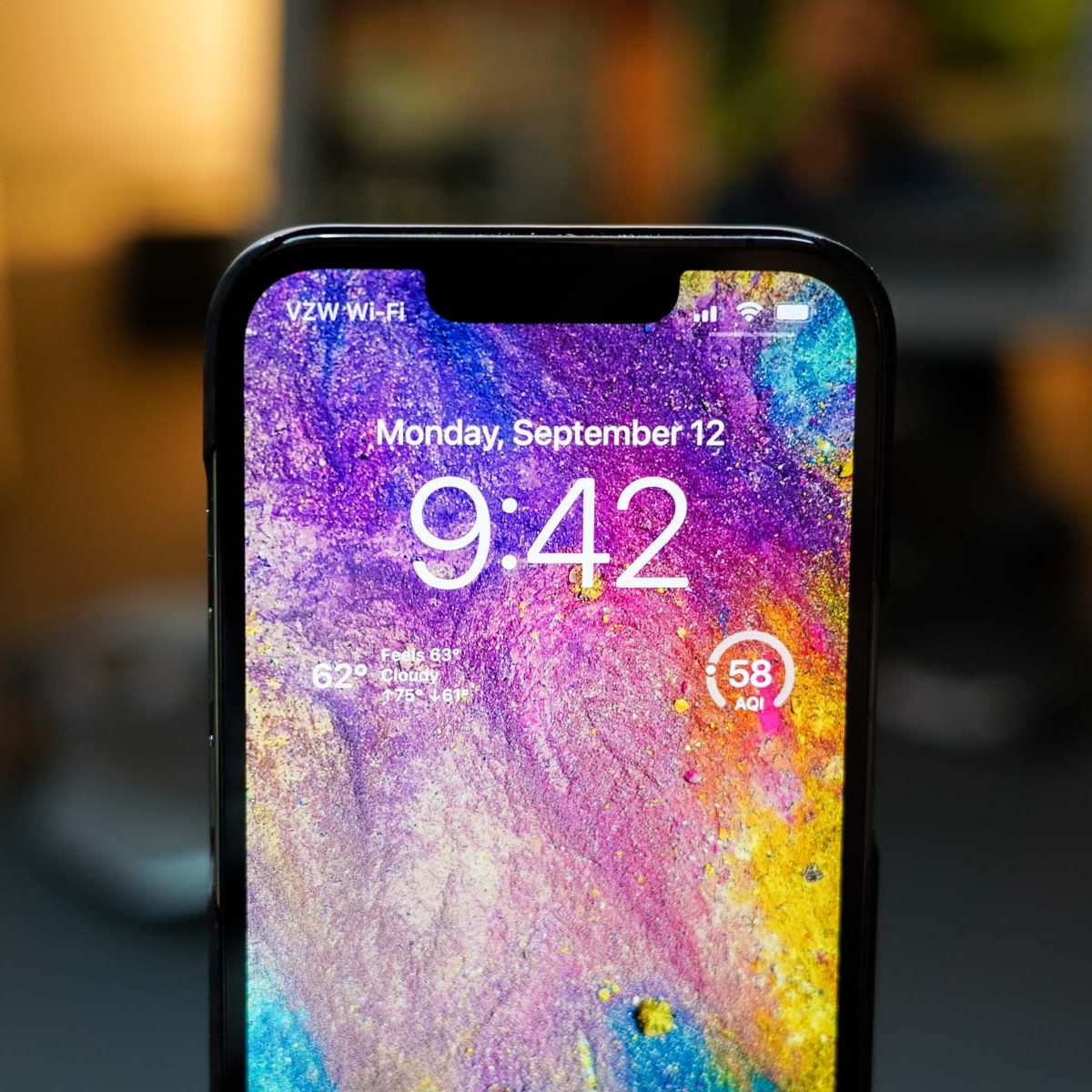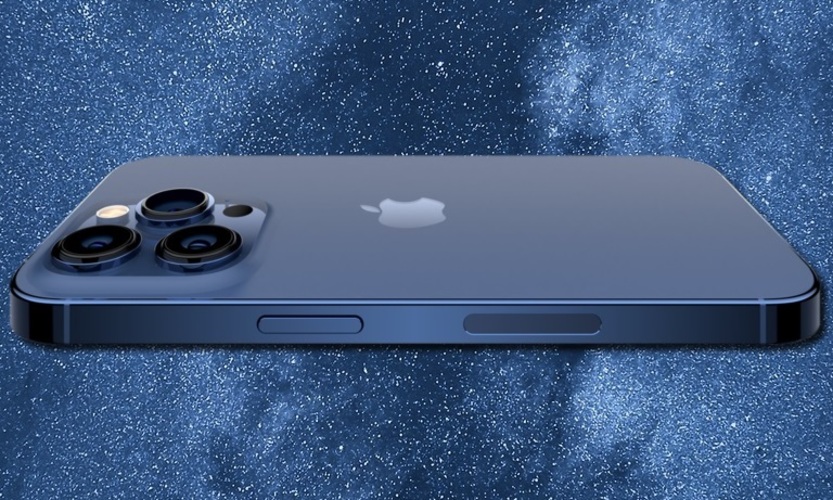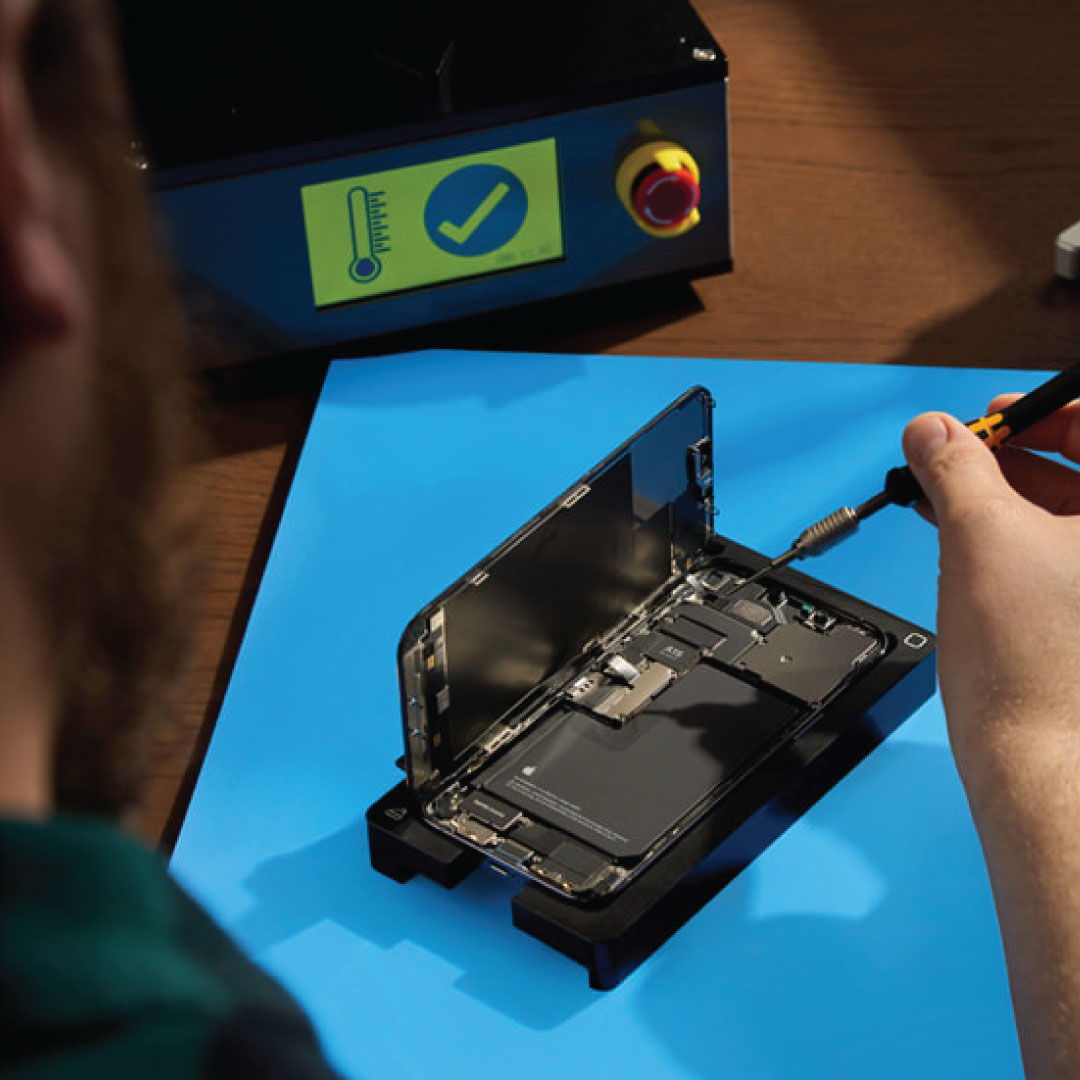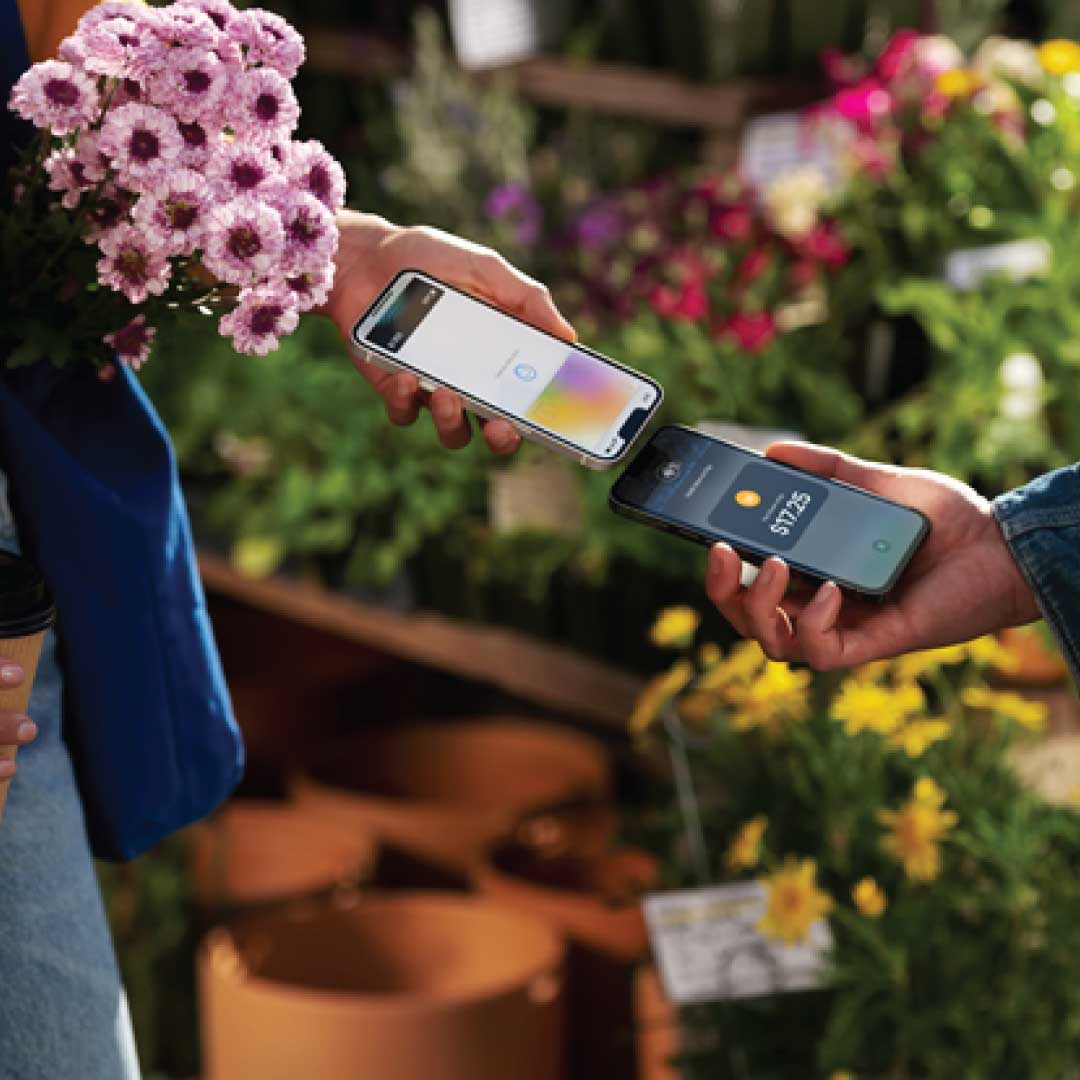Apple’s most popular apps, including Search, Maps, Gmail, and more, will soon be accessible directly from the iPhone’s lock screen, the company revealed this morning. iOS 16, the newest version of Apple’s mobile operating system, can be downloaded today.
These small widgets are three different sizes: a circle, a rectangle, and an inline line of text and symbols displayed above the lock screen’s clock.
What are the new changes on iOS 16?
With it, iPhone owners can now add widgets to the lock screen and the home screen to make their phones more personal.
In a recent blog post, Apple showed the widgets available in iOS 16. These widgets include a Search widget that will allow users to initiate a Google search directly from the Lock Screen, using either voice or camera (Google Lens). A Google Translate widget will also be included with this widget.
Read also: Samsung Unveils Foldables Galaxy Series
Also, the new Chrome Lock Screen widget will let you initiate a search—including a voice search—but also provide a button to switch to incognito mode immediately. It comes with a widget that turns Chrome’s offline dinosaur game into a lock screen option. (We’re big fans of the dino game, but we can’t see ourselves giving up that precious real estate on our lock screens for this, but hey, to each their own!)
Meanwhile, the new Google Drive Lock Screen widget will let you quickly access starred files and folders or a suggested Drive item with just a tap.
With the Gmail widget, you can easily monitor your email. There are three different sizes available for this widget; the inline widget, for example, can be placed directly above the clock to display an abbreviated date (such as “Wed 7”) and the total number of unread messages. The number of new messages in several categories, such as social, updates, and promotions, is displayed in a rectangular widget, allowing the user to assess each message’s relevance quickly. The number of unread messages is displayed in a smaller, circular widget.
With the release of iOS 16, Google Maps joins the ranks of apps that offer Lock Screen widgets. The widgets will provide real-time traffic information and predicted journey times to locations such as your office or home address, making them handy for travellers and commuters. To help you identify places to eat, shop, grab a cup of coffee, or stay overnight, we’ve included several widgets in the trip planner.
Availability
Finally, the Lock Screen now has a Google News widget, which displays brief headlines and, when clicked, opens the Google News app.
When Apple released iOS 14 in 2020, Google included widgets for the Home Screen that allowed users to access interactive components within various apps, including Gmail, Drive, Chrome, and others. However, the Google Calendar widget, available on the Home Screen, is not included in the new Lock Screen widgets. Strangely, the lock screen doesn’t include information about upcoming activities and meetings since that’s the kind of quick-glance data many seek. Hopefully, the delay in the release of this widget is only temporary.
The company has said that the new Lock Screen widgets will be released “in the coming weeks,” so users won’t know an exact date.



